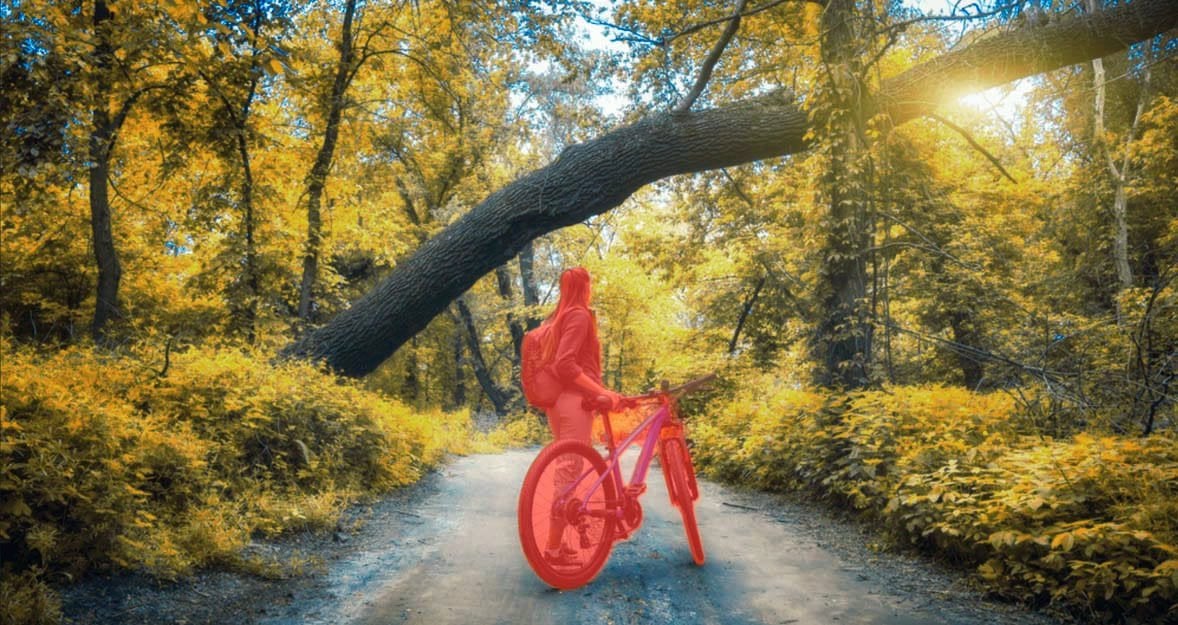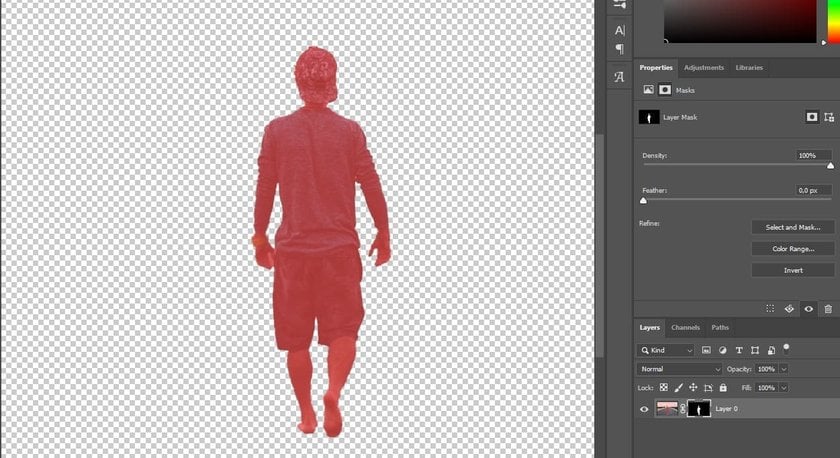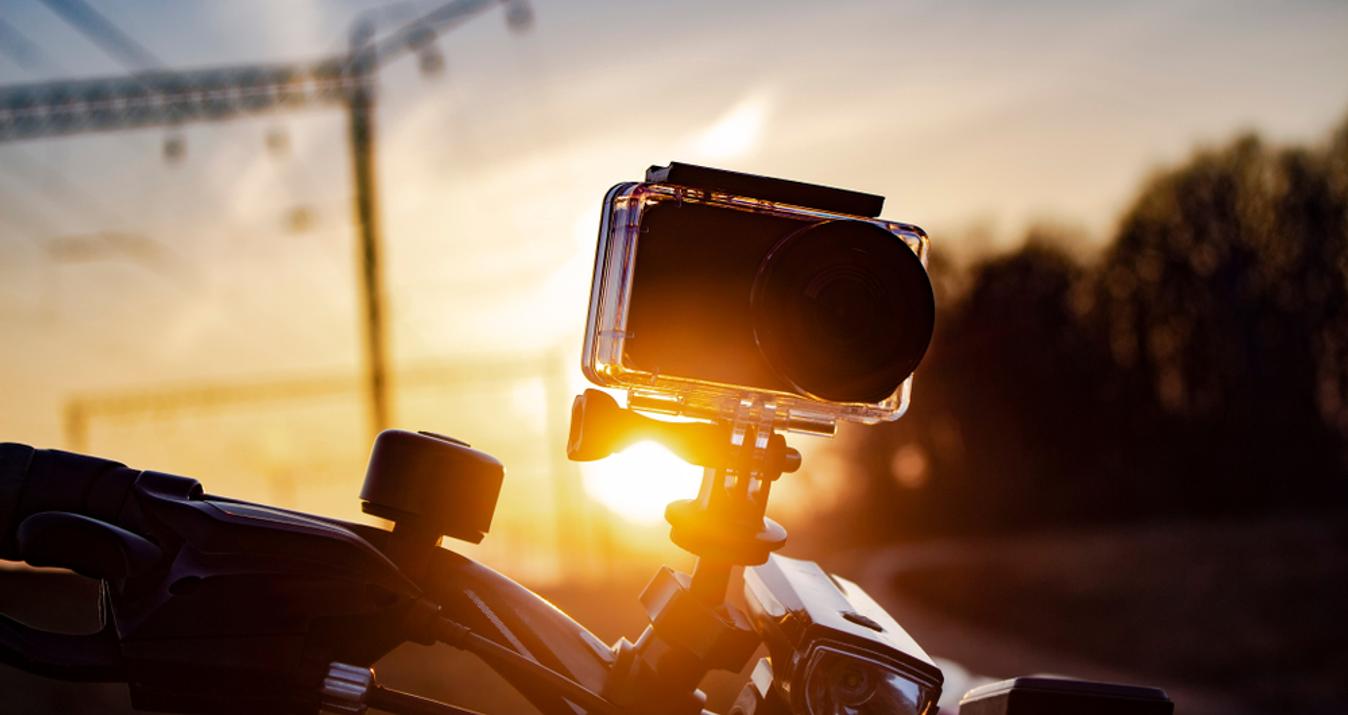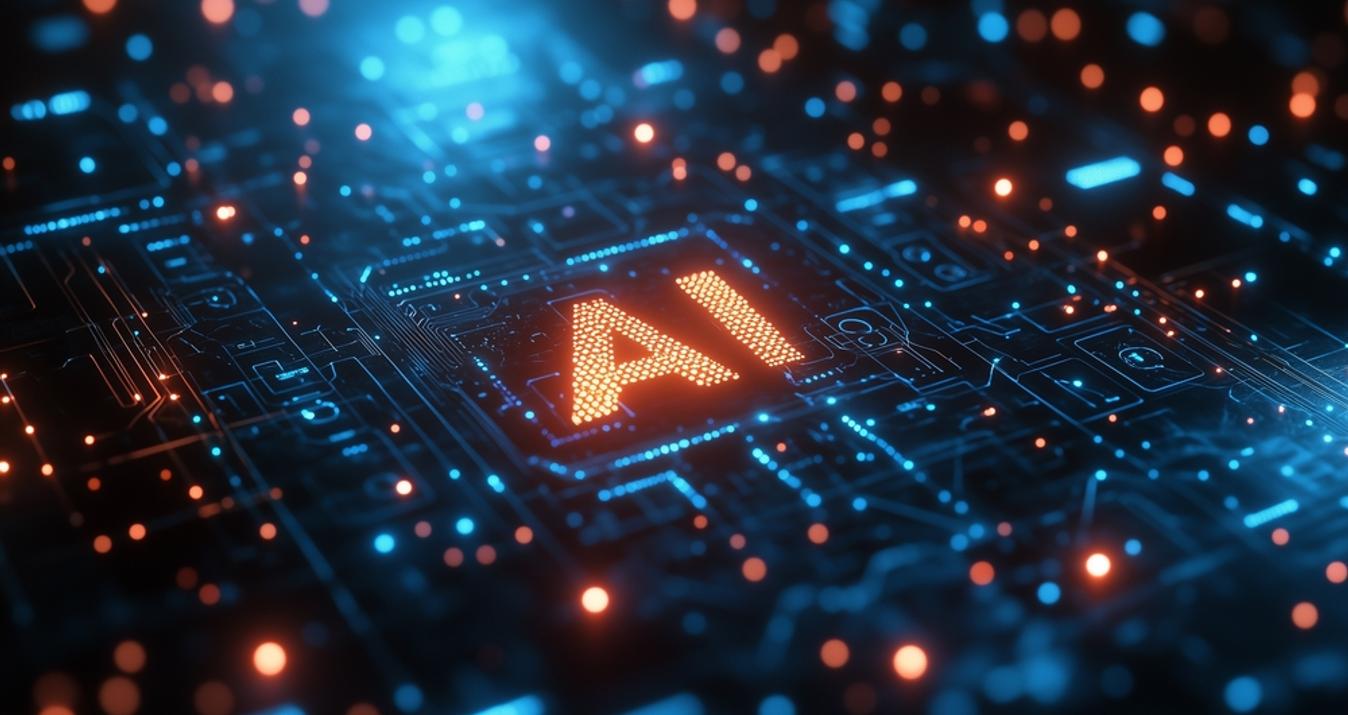What Is Masking In Photo Editing?
November 25, 2024

What does it mean to mask an image and how to use it when editing your photos? Let's analyze it in detail! Today, in our blog, we are uncovering the secrets of this topic and sharing tips on optimizing the process. Stay to take your images to the next level.
Welcome to the fascinating world of masking in photography. Mastering image masking is one of the primary tasks for photographers and enthusiasts seeking to elevate their photo editing skills.
Masking is a virtual magic wand that allows you to meticulously select, isolate, and manipulate specific elements within a picture, but the whole concept is unaffected. From enhancing facial features with precision to seamlessly blending disparate exposures, image masking is your passport to crafting visuals that tell captivating stories. It is an artist's brush, a surgeon's scalpel, and a storyteller's pen all rolled into one.
What is masking in editing? This article will unravel it, explore its significance in photography, and introduce you to a powerful tool within Luminar Neo that can transform your editing process. With the help of AI image masking, your photo editing endeavors will elevate to a new level.
What Is an Image Mask?
 An image mask is a tool used in photo editing to control which parts of an image are visible or affected by adjustments. It acts like a filter that "masks" areas, allowing you to apply edits selectively. It is typically represented as a grayscale layer — white regions of the mask reveal parts of the image, while black areas hide them, and shades of gray offer partial transparency or effects. This technique is essential for blending layers, applying effects to specific regions, and performing precise retouching, all while keeping the original image intact.
An image mask is a tool used in photo editing to control which parts of an image are visible or affected by adjustments. It acts like a filter that "masks" areas, allowing you to apply edits selectively. It is typically represented as a grayscale layer — white regions of the mask reveal parts of the image, while black areas hide them, and shades of gray offer partial transparency or effects. This technique is essential for blending layers, applying effects to specific regions, and performing precise retouching, all while keeping the original image intact.
Also read: How To Put A Black Background On A Picture In 5 Minutes
Think of an image mask as a discriminating shroud for your pictures. It affords you the precision to designate which segments of your picture require editing while leaving the rest unaltered. Picture it as a digital stencil you overlay on your image, unveiling solely the regions you wish to modify.
What does masking do? It enables you to create photographic masterpieces with a surgical level of precision. Whether aiming to retouch a portrait to perfection, remove or replace backgrounds seamlessly, or merge different exposures into a breathtaking photo, image masking will be a helpful instrument for you.
Masking in image processing enables substantial alterations to specific elements of a photo that necessitate adjustments while preserving the integrity of the picture as a whole, avoiding irreversible changes.
Types of Image Masking
What technique is used to hide part of an image without removing it? Masking! However, this technique has several types, each with unique applications and advantages. And having mastered all of them, you can easily choose which method is best for your project. Here's a quick overview of the five types of image masking:
1. Layer Masks

It is a non-destructive way to control the visibility of a layer's contents. You can selectively hide or reveal parts without changing the original image. By painting it black or white, you can control which parts of the layer remain visible. This method preserves the base image, making it easier to refine or undo changes later.
2. Clipping Masks
 They limit the visibility of one layer based on the contents of another, essentially "clipping" the visibility according to the shape or transparency of the underlying layer. This technique is ideal for applying effects or adjustments precisely within another layer, creating clean and limited results often used for blending or text effects.
They limit the visibility of one layer based on the contents of another, essentially "clipping" the visibility according to the shape or transparency of the underlying layer. This technique is ideal for applying effects or adjustments precisely within another layer, creating clean and limited results often used for blending or text effects.
3. Alpha Channel Masks
 An advanced masking method stores transparency data as a grayscale image in a separate channel. It provides precise control over the transparency and highlighting of complex elements in the image, allowing for more sophisticated editing and manipulation. Alpha masks are especially useful for working with detailed selection or composition.
An advanced masking method stores transparency data as a grayscale image in a separate channel. It provides precise control over the transparency and highlighting of complex elements in the image, allowing for more sophisticated editing and manipulation. Alpha masks are especially useful for working with detailed selection or composition.
4. Vector Masks
 They use scaled vector shapes to determine which parts of a layer are visible or hidden. They are resolution-independent and can be adjusted or resized without losing quality, making them ideal for crisp, clean edges. Vector masks are especially useful when working with shapes or typography that require clean and precise masking.
They use scaled vector shapes to determine which parts of a layer are visible or hidden. They are resolution-independent and can be adjusted or resized without losing quality, making them ideal for crisp, clean edges. Vector masks are especially useful when working with shapes or typography that require clean and precise masking.
5. Quick Mask Mode
 This mode offers a quick visual way to create and edit selections by painting directly on the image with the brush tools. This temporary mode turns a selection into a mask you can modify in real-time, providing an intuitive and flexible approach to refining selections before applying them as permanent masks. It is ideal for quick setup and complex selections.
This mode offers a quick visual way to create and edit selections by painting directly on the image with the brush tools. This temporary mode turns a selection into a mask you can modify in real-time, providing an intuitive and flexible approach to refining selections before applying them as permanent masks. It is ideal for quick setup and complex selections.
Also read: What Is a Collage: Main Types of Collages
Real-World Applications Of AI Image Masking
 Let's move from theory to practice and examine the most common masking applications in different photography genres.
Let's move from theory to practice and examine the most common masking applications in different photography genres.
- Background Replacement: The ability to change or replace backgrounds seamlessly is a game-changer. Whether turning a mundane background into a dramatic landscape or placing your subject in a different context, AI Image Masking makes it simple. It is particularly valuable for creative or commercial photography.
- Product Photography: E-commerce and product photographers can make their products shine by isolating them with AI Image Masking. It allows for consistent, professional backgrounds and the ability to showcase products in various contexts, boosting sales and product visibility.
- Composite Imagery: AI Image Masking enables the precise blending of multiple images. You can achieve seamless results by merging two photos or creating complex photo manipulations.
- Portrait Retouching: This AI tool is frequently used in portrait retouching. It isolates the subject's face, allowing for precise and swift adjustments to skin tones, eye enhancements, and smile perfection.
- Selective Color Correction: Sometimes, an image requires color correction in specific areas while leaving the rest untouched. With AI image masking, you can independently adjust the elements' color, contrast, and saturation. This is useful for landscape photos, where you want to enhance the sky's vibrancy or the foliage's color.
- Creative Effects: This powerful AI tool helps you focus different filters and effects on particular areas of your image. For example, you can intensify the colors of a flower, apply a unique filter to a model's clothing, or add selective vignettes for a dramatic effect.
- Object Removal And Replacement: Easily remove unwanted objects from your photo. AI Image Masking simplifies the process by allowing you to select the object and then replace or edit the area where it once was. It is particularly handy for clearing distractions in your shots.
Spotlight: Luminar Neo's Masking Tools
 AI Photo Masking in Luminar Neo is a powerful tool that uses artificial intelligence to automatically identify various elements in an image, such as the sky, water, trees, people, animals, buildings, and other objects. Thanks to this technology, the program is able to automatically create masks for each element, allowing users to quickly and accurately apply edits only to the necessary parts of the image. For example, if you want to change the color of the sky or increase the brightness of only the people in the photo, AI Masking will do it in a few clicks, and you do not need to select each object manually.
AI Photo Masking in Luminar Neo is a powerful tool that uses artificial intelligence to automatically identify various elements in an image, such as the sky, water, trees, people, animals, buildings, and other objects. Thanks to this technology, the program is able to automatically create masks for each element, allowing users to quickly and accurately apply edits only to the necessary parts of the image. For example, if you want to change the color of the sky or increase the brightness of only the people in the photo, AI Masking will do it in a few clicks, and you do not need to select each object manually.
It is extremely convenient, as it saves time and greatly simplifies the editing process, allowing even beginners to easily work with complex images. In addition, AI Masking significantly reduces the likelihood of errors, such as blurry selection or inaccurate application of effects. The technology allows you to achieve professional results even without in-depth knowledge of photo editing.
However, despite the convenient automatic process, Luminar Neo still allows users to adjust the masks manually. With simple manual editing tools, you can refine masks, remove unwanted parts, or reshape them, giving you even more control over the process. This combination of automation and manual adjustments allows you to achieve maximum results with minimal effort.
Masking Tools Features
Luminar Neo empowers you with many editing actions to apply to your selected elements. These actions include, but are not limited to:
Enhancements: Adjust exposure, contrast, and color balance to make your subject pop.
Filters: Apply creative filters to change the mood and style of your image.
Retouching: Remove blemishes and smooth skin, and perform digital cosmetic surgery.
Background Effects: Change, blur, or replace the background to create new settings.
Color Correction: Tweak colors, saturation, and white balance for vibrant results.
Object Isolation: Isolate specific objects and elements for further editing or removal.
The possibilities are nearly endless, and your creativity is the only limit. You can experiment with a combination of these actions to achieve the precise effect you envision for your image.
Do not hesitate to go back and make additional edits or try different effects. Luminar Neo's non-destructive workflow allows you to experiment without fear of losing your original image.
Luminar Neo offers a wide range of editing tools beyond masking. Feel free to explore these tools to enhance your image even more.
Find out more: Working with Layers in Luminar Neo: A Brief Guide
Bottom Line
In modern photography, image masking is a must-know post-processing skill. The article provided an extended definition of this technique and a short excursion on its role in photographic art in general and in image editing in part.
We have learned how AI-based photo editor Luminar Neo makes it possible for us to rely on modern technologies to save time and effort. At the same time, we specified that artificial intelligence cannot and should not substitute humans in any sphere of life, including photo editing. Hence, the ability of precise human control is pivotal for a good photo editor, and Luminar Neo has it.
Theory only holds value if it finds practical application. Embrace the formidable power of image masking and witness the remarkable transformation it can bring to your photography today and beyond!
FAQ
What is the purpose of masking in photo editing?
Masking gives you precise control over which areas are visible or modified. This allows you to selectively apply adjustments or effects to specific parts of an image and is ideal for blending layers, applying filters, or enhancing targeted parts of an image.
Is masking non-destructive editing?
Yes. It allows you to hide or reveal parts of an image without permanently changing the original pixels. You can change or remove the layer later, and the original image will remain intact.
What’s the advantage of using Luminar Neo for masking?
Luminar Neo offers AI masking tools. These tools allow you to create accurate edits faster and easier with less manual effort. AI automatically detects objects such as the sky, people, or objects, allowing you to apply adjustments selectively. This efficiency, combined with Luminar Neo's intuitive interface, makes the process more accessible and simplified than other editing programs.





